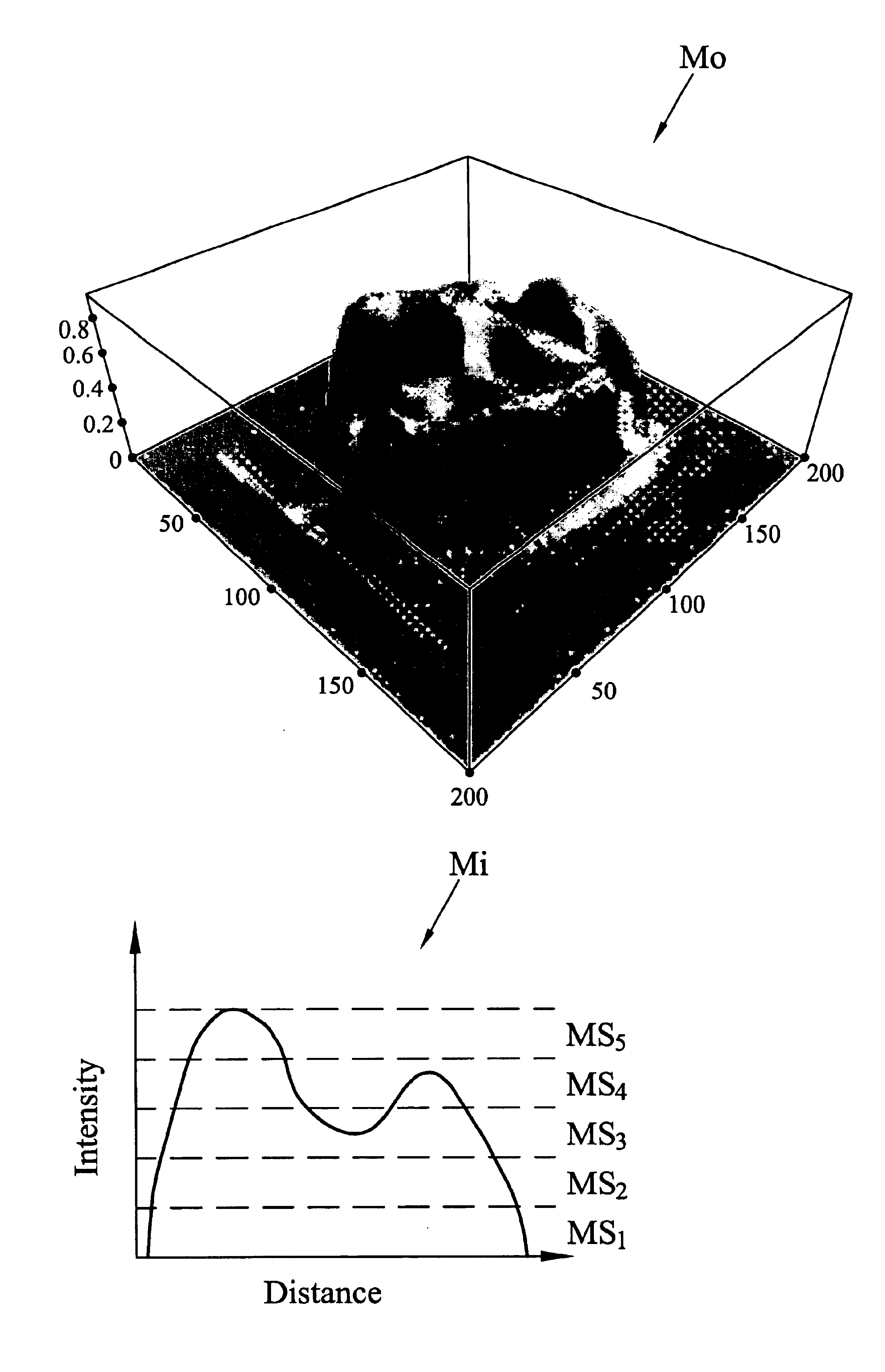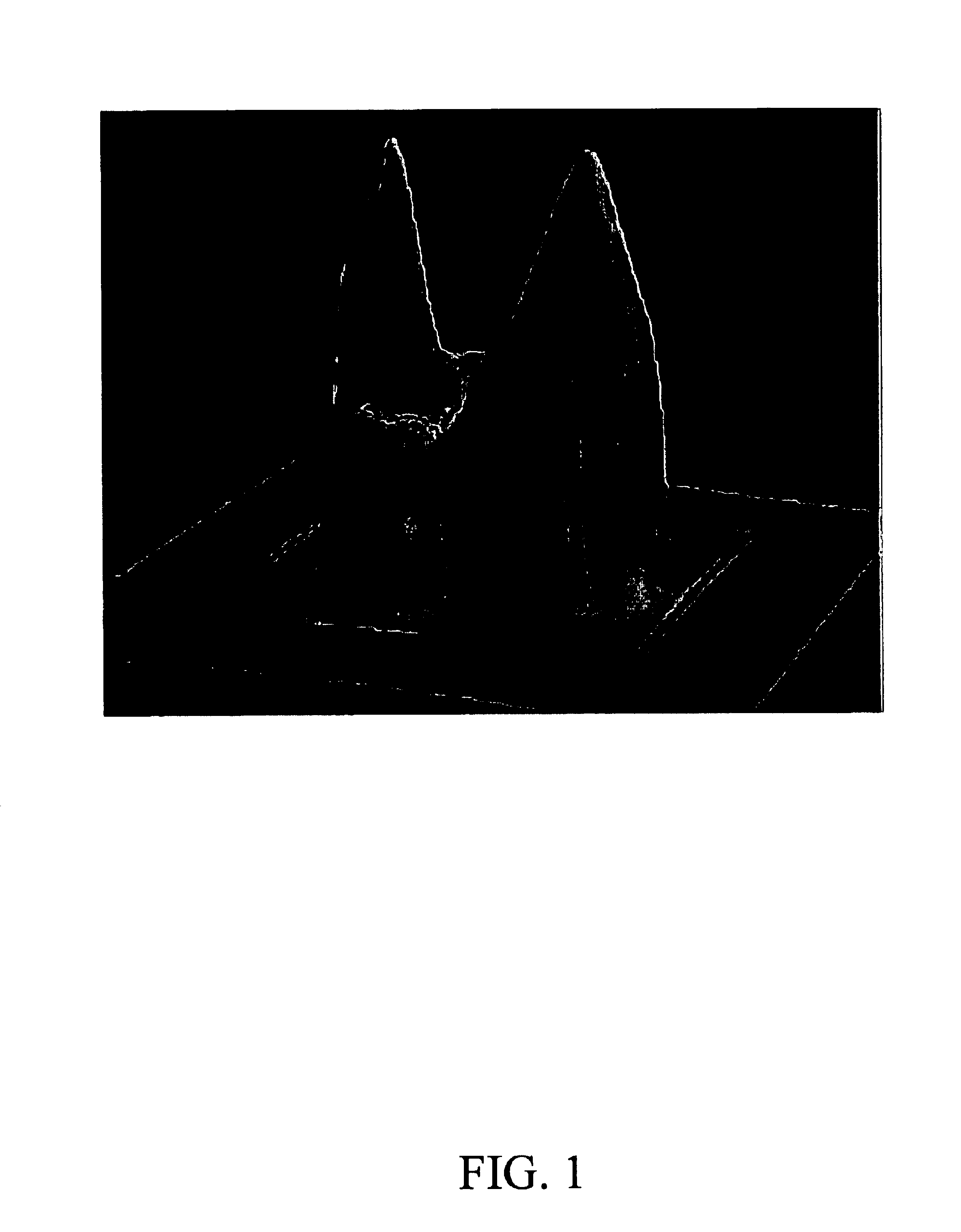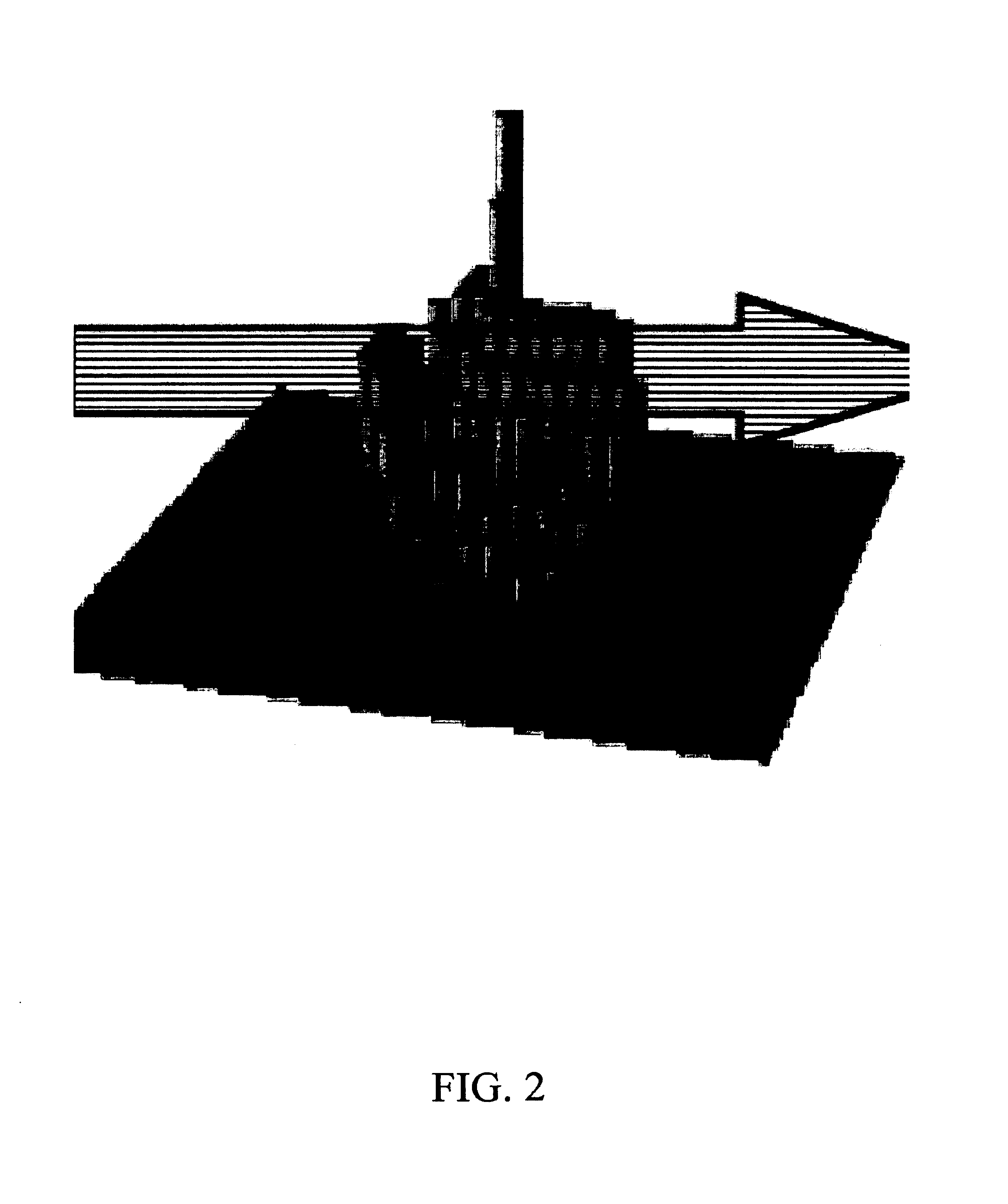Residual map segmentation method for multi-leaf collimator-intensity modulated radiotherapy
a multi-leaf collimator and intensity modulation technology, applied in radiation therapy, diaphragm/collimeter handling, therapy, etc., can solve the problems of substantial deterioration of dose distribution, affecting the actual dosimetric quality of imrt treatment, and affecting the target. not only in the target but also in the nearby critical/normal structur
- Summary
- Abstract
- Description
- Claims
- Application Information
AI Technical Summary
Benefits of technology
Problems solved by technology
Method used
Image
Examples
Embodiment Construction
The segmentation method disclosed herein is designed to fully utilize the functionalities of existing MLC hardware, and to minimize the effects of the intrinsic discreteness of the MLC-based delivery technique in intensity modulation generation. It is hypothesized herein that not every part of the intensity map has the same influence to the treatment dosimetry, or the closeness of the treatment dosimetry to the optimization objective. It is further hypothesized that intensity map regions exhibiting high gradients (i.e., the intensity changes drastically in space) have stronger influences on the closeness of the treatment result to the optimization objective than the regions of low gradients. It has been found that the high gradient regions of the intensity map often divide the planned treatment volume (PTV) and the nearby organ at risk (OAR). Hence, preserving this region of the map is crucial for the intended tumor coverage and OAR sparing. Therefore, when attempting to deliver int...
PUM
 Login to View More
Login to View More Abstract
Description
Claims
Application Information
 Login to View More
Login to View More - R&D
- Intellectual Property
- Life Sciences
- Materials
- Tech Scout
- Unparalleled Data Quality
- Higher Quality Content
- 60% Fewer Hallucinations
Browse by: Latest US Patents, China's latest patents, Technical Efficacy Thesaurus, Application Domain, Technology Topic, Popular Technical Reports.
© 2025 PatSnap. All rights reserved.Legal|Privacy policy|Modern Slavery Act Transparency Statement|Sitemap|About US| Contact US: help@patsnap.com



